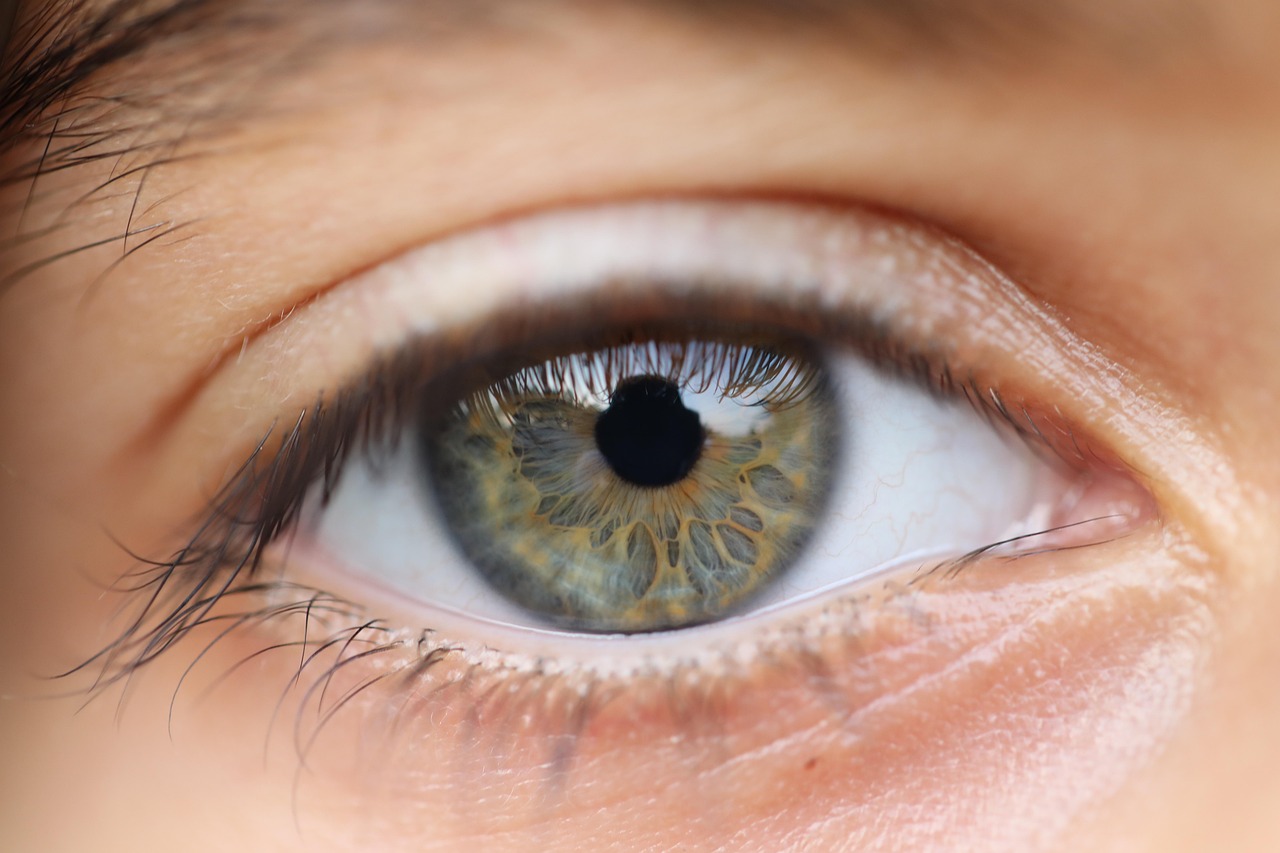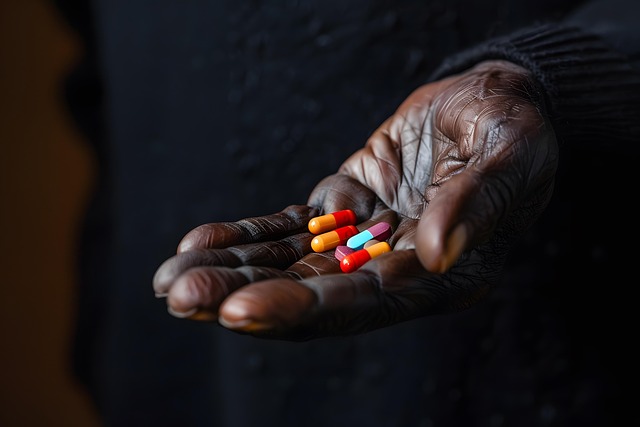The Science and Mystique of Dark Circles Under the Eyes
Dark circles under the eyes—often referred to as eye bags—can be a source of frustration for many. These shadowy marks can make one appear tired or stressed, even when they are well-rested. While commonly associated with fatigue, their causes are multifaceted, ranging from genetics to lifestyle choices. Historically, eye bags were considered a sign of aging or illness, yet in modern times, they are seen as a cosmetic concern that many seek to remedy. As the beauty and wellness industry continues to expand, understanding the causes and solutions for dark circles has become more relevant than ever.

Understanding the Causes of Dark Circles
Dark circles can result from a variety of factors, including but not limited to genetics, lifestyle, and health issues. Genetically, some people have thinner skin under their eyes, which can make blood vessels more visible, leading to a darker appearance. Additionally, age causes skin to thin and lose collagen, exacerbating the appearance of these circles. Lifestyle choices such as lack of sleep, poor nutrition, and dehydration can also contribute to the prominence of dark circles. Furthermore, allergies and sinus issues can lead to congestion and swelling, which in turn can darken the area under the eyes.
Historical Perspectives and Evolution
Historically, dark circles were often attributed to illness or a lack of vitality. In ancient times, they were sometimes viewed as a sign of poor health and were even mentioned in classic literature as indicative of emotional or physical distress. With the advancement of dermatology and a better understanding of skin conditions, the perception of dark circles has evolved. Today, they are more commonly recognized as a cosmetic issue rather than a health concern. This shift has led to a burgeoning interest in treatments and remedies to reduce their appearance.
Treatments and Remedies: What’s Trending?
The beauty industry has responded to the demand for solutions to dark circles with an array of products and treatments. Topical creams containing ingredients like vitamin C, retinol, and hyaluronic acid are popular for their skin-lightening and collagen-boosting properties. These ingredients help to strengthen the skin and reduce pigmentation. Additionally, cosmetic treatments such as chemical peels, laser therapy, and fillers are gaining traction for their effectiveness in reducing dark circles. These treatments are often tailored to the individual’s specific skin type and underlying causes of their dark circles, offering personalized solutions.
Natural and Lifestyle Solutions
For those seeking less invasive options, there are several natural remedies and lifestyle adjustments that can help mitigate the appearance of dark circles. Ensuring adequate sleep and hydration are foundational steps. Cold compresses can reduce puffiness and improve circulation, while elevating the head during sleep can prevent fluid accumulation under the eyes. Dietary changes, such as reducing salt intake and increasing consumption of antioxidant-rich foods, can also make a difference. Moreover, protecting the skin from sun damage by using a good sunscreen can prevent further pigmentation.
The Psychological Impact and Social Perception
While dark circles are primarily a cosmetic issue, they can have a psychological impact on individuals. Many people feel self-conscious about their appearance, which can affect their confidence and social interactions. This concern is amplified by societal beauty standards that often emphasize a flawless, youthful appearance. However, there is a growing movement towards embracing natural beauty and imperfections, encouraging individuals to accept and feel confident in their unique features. As the dialogue around beauty standards continues to evolve, it is important to balance the desire for aesthetic improvements with self-acceptance and confidence in one’s natural appearance.
Conclusion
The quest to understand and alleviate dark circles under the eyes is as complex as the causes themselves. With a combination of historical insights and modern advancements, individuals have more options than ever to address this common concern. Whether through professional treatments, natural remedies, or lifestyle changes, the goal remains the same: to enhance confidence and improve the perception of one’s own beauty. As our understanding of skin care continues to grow, so too will the methods and approaches we take to tackle the persistent challenge of dark circles.




